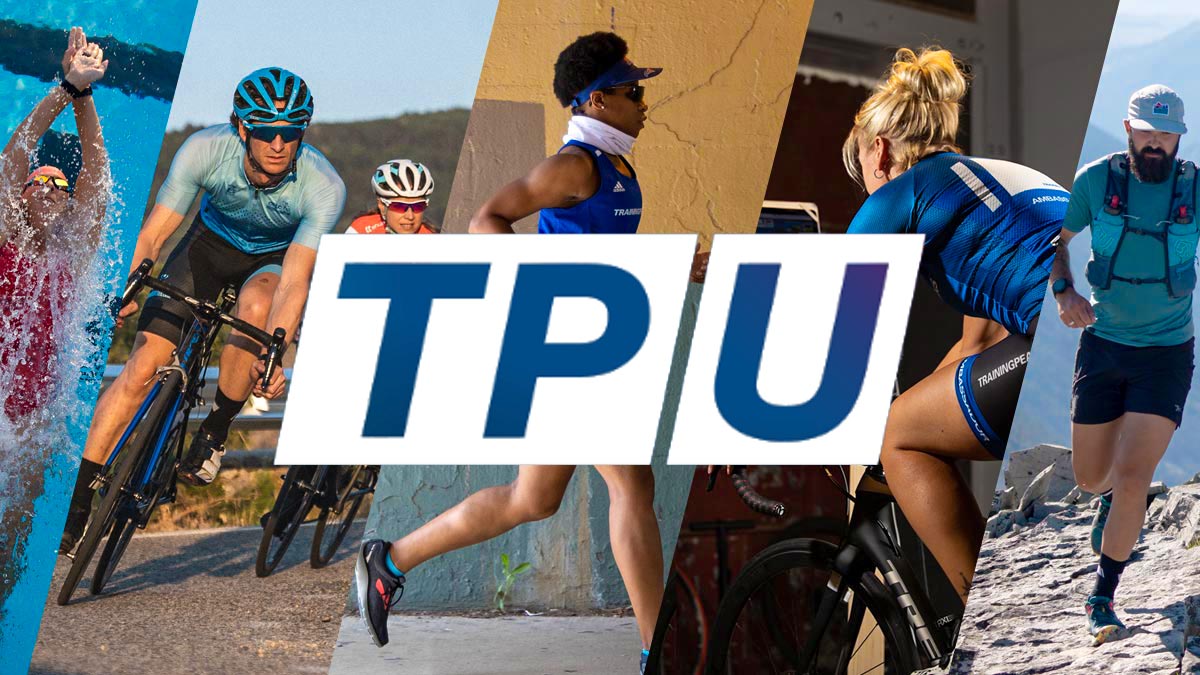Failure sucks—pure and simple. It’s upsetting to not achieve something. And all the paternalistic quotes from world leaders about failure’s value really don’t help in the moment. And you know what’s even worse? When failure is repeated. When we felt the sting of coming up short and yet got back up, went after the same goal again and still came up short.
And as coaches, we see it all too often in our athletes and it still sucks for us too. Too big of a goal, chronic injury, or lack of consistency, whatever the root issue, when our athletes miss a goal, it feels very personal. On top of that, it can cost us their business.
Henry Ford said, “The only true failure is one we don’t learn from.” But how do we learn from failure? It’s not as simple as crushing failure immediately followed by a wave of magically-improved self-awareness and wisdom. Plenty of athletes will grind through the cycle of work-fail-burnout-work-fail-burnout until something catastrophic forces them to change. So how do we move athletes to where they can extract value from missteps without the grinding/burnout cycle?
Know Thyself
The answer is training athlete self-assessment. And I mean more than just gathering data by using a power meter, running a timed interval, reporting RPE or picking a “How did it feel” facial expression. Effective assessment means taking data and transforming it into useful insight. It’s connecting the data dots to map out where we are compared to where we want to be.
You might be saying, “Well that’s my job as a coach. They hired me to be the expert at interpreting data.” And you are right. But at the same time, what could you be doing with your athletes if they effectively assessed themselves? Coaches are more than assessment experts. Much like when a parent teaches a child to tie their shoes, when athletes build self-assessment skills, coaching evolves into advanced areas such as skill development or race strategy and tactics.
Helping Your Athletes Assess Themselves
Training self-assessment is simple once you know what to look for. In previous articles, I have talked about identifying behaviors that amplify athlete goals (bxA). The target behavior or bxA for this functional goal takes the form of the athlete describing the context of the failure and their actions that led up to it. They then must identify if each behavior worked for or against their goal outcome. It might look like a self-questioning process such as, “How well did that behavior work, for me, at that moment?”
Any instance of this bxA self-assessment behavior should result in prompt attention from you to reinforce it. If you are seeing hints of this kind of behavior, you can prompt your athlete to explore and expand it further. This will make the behavior more frequent and help the athlete develop the skill.
Provide the Tools to Self-Assess
One way I do this with my own athletes is by instructing them to complete a daily training journal with designated questions. Each question focuses on describing the context of the failure (both external and internal,) and assessing what may have contributed to, or detracted from their effort in that moment. I then take the time to review their responses and evaluate their self-assessment. My responses are tied to how effectively they described and assessed their context and behavior. One important thing to note is to not come down too hard on the athlete. Self-assessment is challenging and at times, uncomfortable, especially when we’re talking about failure, so treating this process with patience and understanding is key.
This is purposefully different from the stereotypical workout compliance journalling. Assessing compliance is easy. This type of self-assessment reporting speeds up the collaboration on problem-solving barriers to performance. Additionally, it increases the likelihood of catching early signals of injury, sickness, or other reasons to adjust training plans proactively.
Making Your Job Easier
An athlete who is effective at contextually assessing their own performance will engage more flexibly with adjustments to training and competition. Working with these athletes is more fun because it makes the experience more collaborative. Spending more time training advanced skills instead of figuring out the reasons behind performance barriers is generally preferable. In this way, failures can be capitalized upon, the burnout cycle can be skipped, and athletes are more likely to stay with their coaches for longer.
For a sample of my training journal questions and how I work to reinforce self-assessment behavior in athletes, email me.
Enjoy working with your athletes as they become better at identifying what’s generating their failures and successes.



